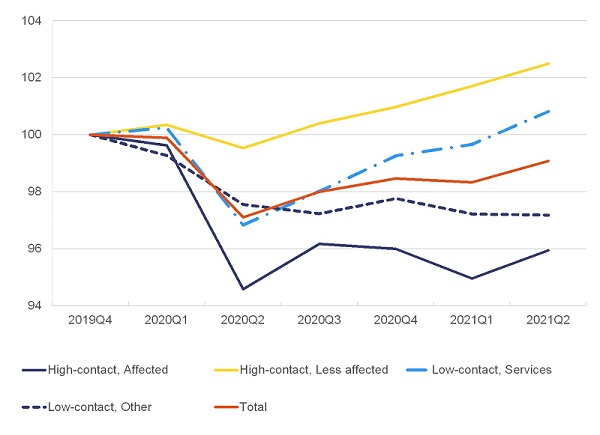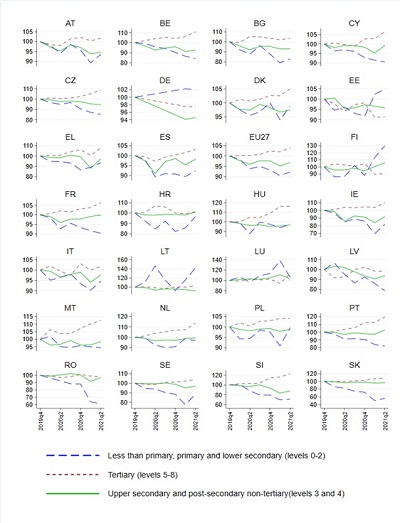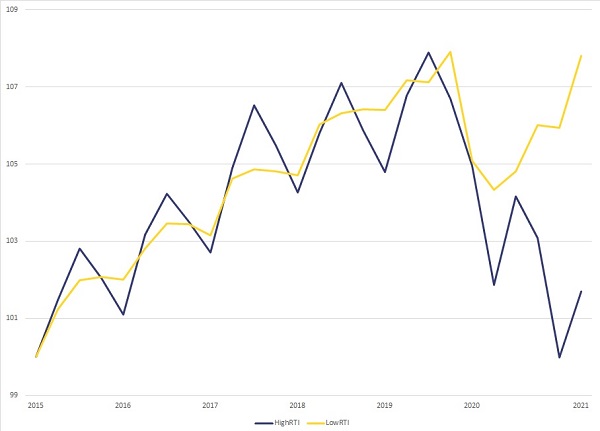Commission's Labour Market and Wage Developments report highlights how labour market is exiting from deepest recession
Today, the European Commission released the report “Labour Market and Wage Developments in Europe 2021” which highlights how the labour market is exiting from the deepest recession that hit the EU since World War II.
© Shutterstock
This year edition shows that the EU labour market has been relatively resilient to the COVID-19 recession. The strong policy response at the EU and national level and the temporary inflows into inactivity eased the impact on unemployment.
Vaccination campaigns have contributed to reopening the economies and shoring up confidence of European citizens.
Keypoints
-
The effect of the recession varies across sectors, with a strong negative impact in manufacturing and contact-intensive sectors. By contrast, in the same period, employment in less contact-intensive services returned to its pre-crisis level and was even above that level in construction, health, and public administration.
Young people have borne a disproportionate share of the job losses, but recovered more swiftly than prime age groups, while older workers were more resilient. Temporary workers, the self-employed, the low- and medium-skilled have been more exposed to job losses. Among women, young women and single mothers were more negatively affected.
The shortfall in employment relative to pre-pandemic level reflects labour market slack in some sectors and ongoing structural changes associated with the twin transition. The pandemic has also accelerated the transition towards digital technologies, boosting the demand for labour performing tasks that are not likely to be automatized.
Labour shortages are emerging in some parts of the economy amidst labour market slack. Their increase may be partly related to the swift economic recovery. However, labour shortages can also reflect an insufficient supply of labour due to structural factors such as ageing, poor working conditions in some occupations and skills mismatches that predated the pandemic and have been reinforced ever since.
Improving employment and working conditions of groups most negatively affected by the pandemic would contribute to preventing the scarring effects of unemployment and inactivity and the rise of inequalities.


